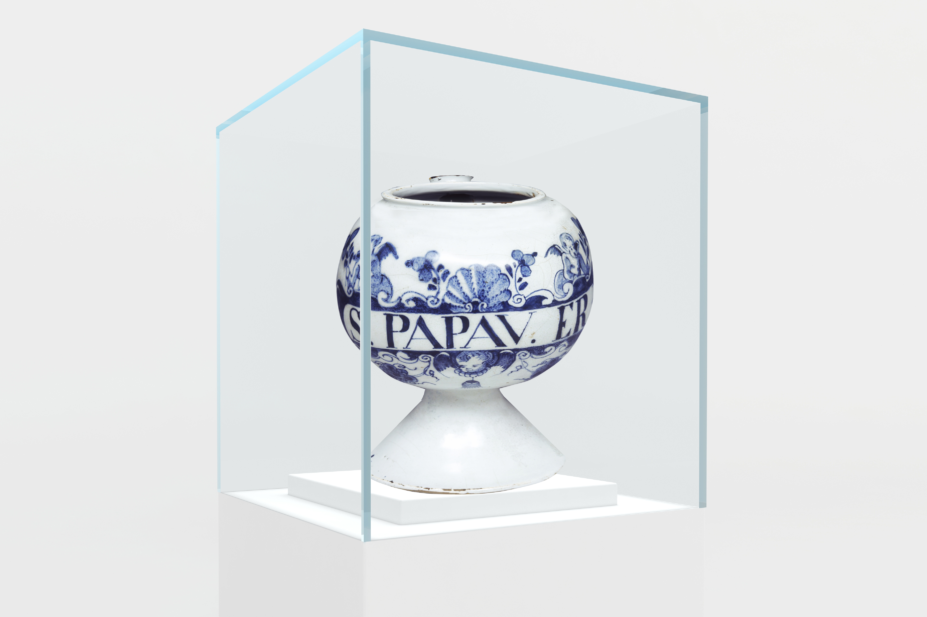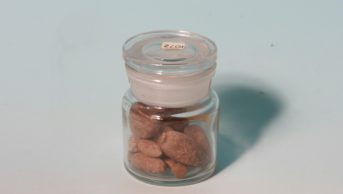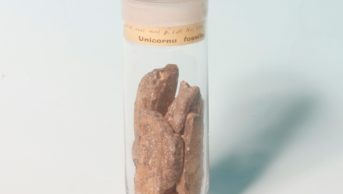
RPS Museum
According to the ancient practice of medical astrology, illnesses and the drugs that treated them were governed by the movements of the sun, moon, stars and planets. This drug jar (1730-1750) contained syrup of wild poppy, a plant said to be under the influence of the moon.
The moon was thought to affect conditions relating to the element of water, just as it affects the tides on earth. This could include anything from difficulties with menstruation to ‘lunacy’ — believed to be caused by the moon’s pull on water in the brain.
The jar is currently on loan to the National Maritime Museum in Greenwich for a special exhibition celebrating the 50th anniversary of the Apollo 11 moon landings, and humankind’s long relationship with the moon.

